How the chestnut root system works, types of chestnut
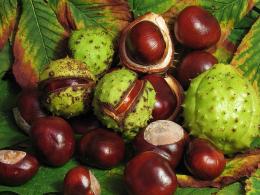
Sometimes in botany it happens that completely different plants are hidden behind one name. The same thing happened with chestnut. Let's try to figure out which plant is a real one. chestnuts and how the chestnut root system differs from the roots of other trees.
Content:
Horse chestnut and edible chestnut
The horse chestnut genus, which is most often used in urban landscaping, belongs to the Sapindaceae family and has nothing to do with “real” chestnuts. It received its name due to the similarity of the fruits with the fruits of plants from the Chestnut genus, the Beech family. Horse chestnut fruits are not eaten. This tree has beautiful palmate-compound leaves of 5-7 leaflets.
It is these plants that produce fragrant candles of inflorescences in May and are mentioned in the song about the Odessa sailor Kostya. No matter how decorative the horse chestnut may look, it has nothing to do with real chestnuts with edible fruits from the Chestnut genus.
Almost all types of trees and shrubs from the Chestnut genus have edible fruits. These plants are distinguished by long, up to 28 cm, lanceolate leaves with jagged edges.
On the root shoots, the length of the leaves can reach 0.6-0.7 m with a width of 10 cm. The flowers are collected in spike-shaped inflorescences. Both male and female flowers are located on the same stem. Fruit - nut. One shell - plus can contain 1-3, less often up to 7 nuts.
At the end of ripening, usually at the end of September - beginning of October, the plush opens and the fruits and nuts spill out of it. The fruits of the true chestnut are used as a valuable food product. There is an opinion that people began to eat chestnuts long before the grain. Before you decide to plant and grow a chestnut tree on your site, you need to know about the special structure of its roots.
Chestnut root system
The first feature of the root system of an adult chestnut tree is that it is difficult to determine the size of the root system and understand where it ends from the size of the crown of these trees. This is important for planting other plants next to the chestnut. It turns out that the projection of the crown is very often several times smaller than the projection of the root system.
If the crown projection area is about 3 square meters, then the root projection area exceeds 20 square meters. Thus, not only under the crown of the tree, but also four to five meters from its borders, it is unlikely that anything will grow well, because powerful roots will pull all the useful substances from the soil. Therefore, most types of chestnuts can be recommended for spacious medium and large areas.
Root system an adult chestnut consists of:
- tap root
- roots of the first and second order
- horizontal roots
- vertical branches from horizontal roots
The taproot goes three or more meters deep. OH has lateral branching of the first and second order. A well-growing tree has twice as many second-order roots as first-order roots. Some of the horizontal roots are located superficially and extend parallel to the surface.
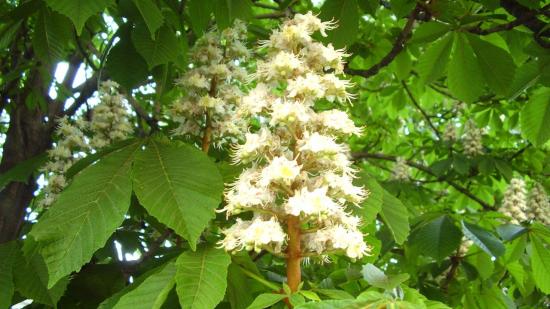
The other part goes into the soil at an angle, in an oblique-vertical direction.In mature chestnuts, these roots are so well developed that they make the main tap root almost invisible. Thus, the chestnut root system can be described as wide-spread and deep.
This root system makes this tree wind-resistant. In addition, it is not afraid of drought, since the root system develops space well and provides the plant with moisture. Thanks to the structure of the root system, chestnuts protect the soil from being blown out and washed away.
If the choice is made in favor of chestnut, then you should know that while an adult tree has very strong roots, those of young plants are quite fragile. In the first year after germination, the seedling forms a long taproot, up to 40 cm. The length of the root at a young age is 2-4 times greater than the height of the ground shoot.
Choosing seedling chestnut, you should give preference to a specimen in a container, since when planting it is very easy to damage the tap root. Chestnuts are easy to grow from seeds. For chestnut, you need a spacious planting hole up to 0.8 cm deep and 0.6 m wide. Immediately after planting, the plant must be well watered. In the future, the plant needs to be provided with regular watering in the year of planting.
Some species of the genus Chestnut
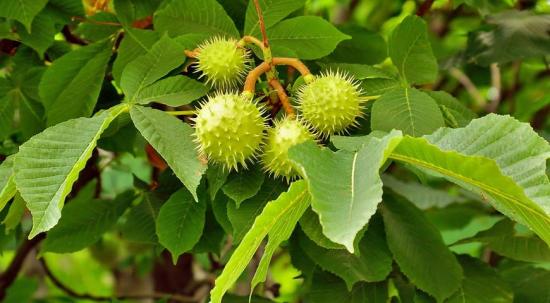
When choosing plants from the Chestnut genus, you need to take into account their winter hardiness. Not only temperature indicators are important here, but also the depth of soil freezing, thaw, and humidity. Edible chestnuts include:
- crenate or Japanese, withstands frosts down to - 20 - 25 degrees, bears fruit for 4 years, has many large-fruited varieties
- sowing or edible - can grow only in mild warm climates, begins to bear fruit in the 15th year
- American serrated - one of the most frost-resistant species, can be recommended for cultivation in regions where winter temperatures drop to 27 degrees below zero; it begins to bear fruit from 18 to 20 years of age
- low-growing - cold-resistant and drought-resistant species, can grow as a shrub 2-3 meters high
In addition to the above species, there are many hybrids and varieties that are quite successfully cultivated in regions with temperate climates. Chestnuts - real centenarians, they live from 300 to 1000 years. By planting it in the garden, you can hope that the fifth or sixth generation of descendants will see the fruits of your labor.
Video about the chestnut root system:

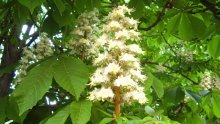

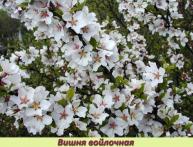
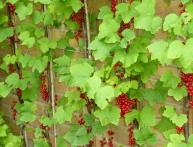
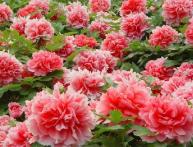
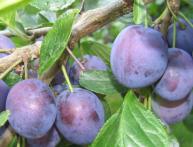
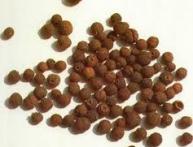
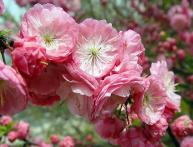
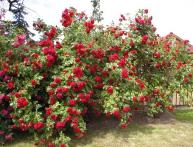

Comments
A beautiful tree and, by the way, very useful. Alcohol tinctures are prepared from its flowers, fruits, thorns, leaves, and even bark, which are used for various diseases, in particular joint pain, bruises, and sprains.
I would plant horsetail for maximum beauty. I tried the so-called “edible” ones and didn’t like them. It felt like there was unsalted, poorly cooked potatoes in my mouth with a bunch of garbage. But if you plant something edible and don’t use the fruit, your conscience will bite.